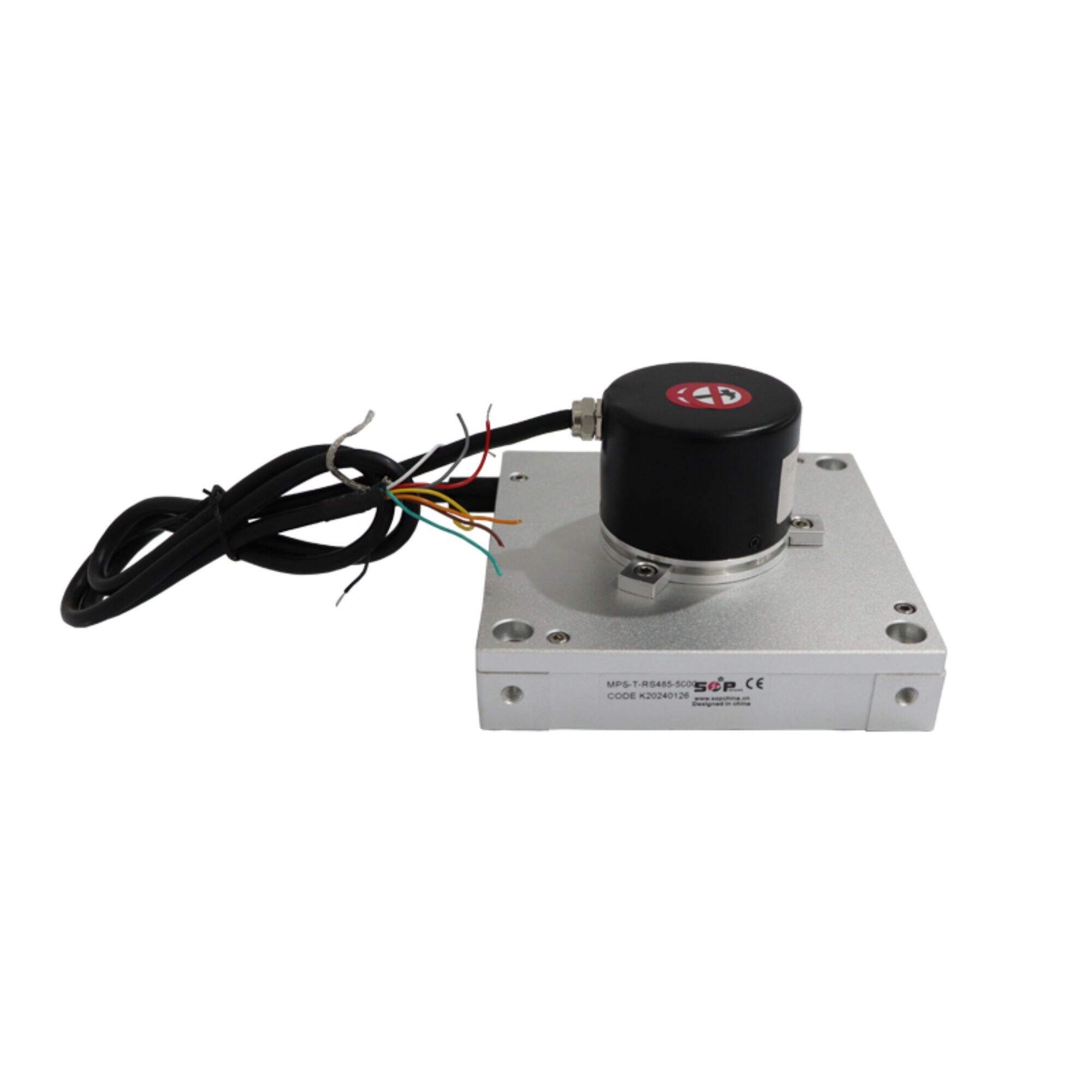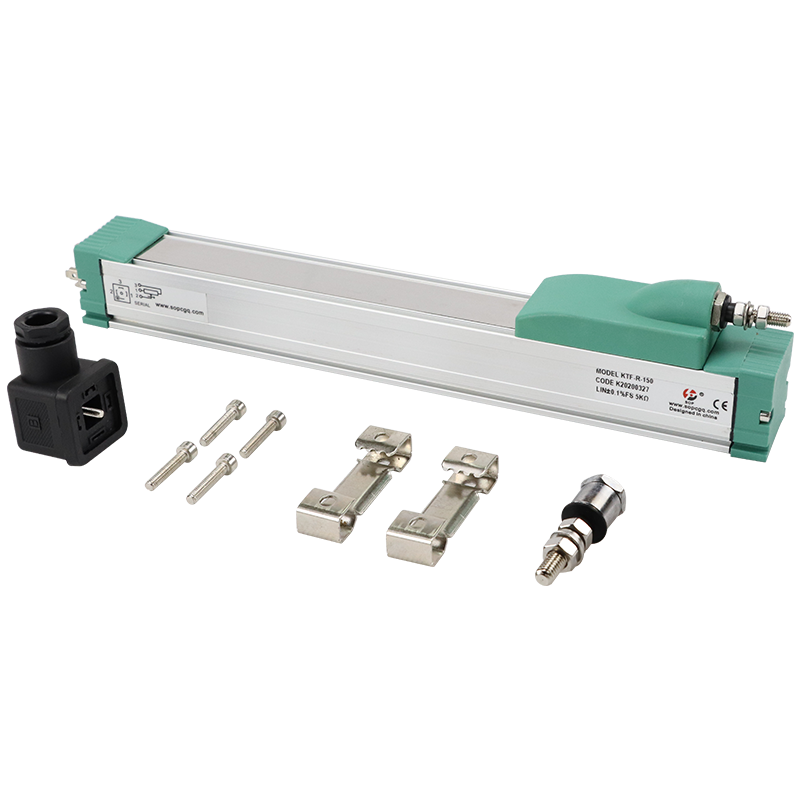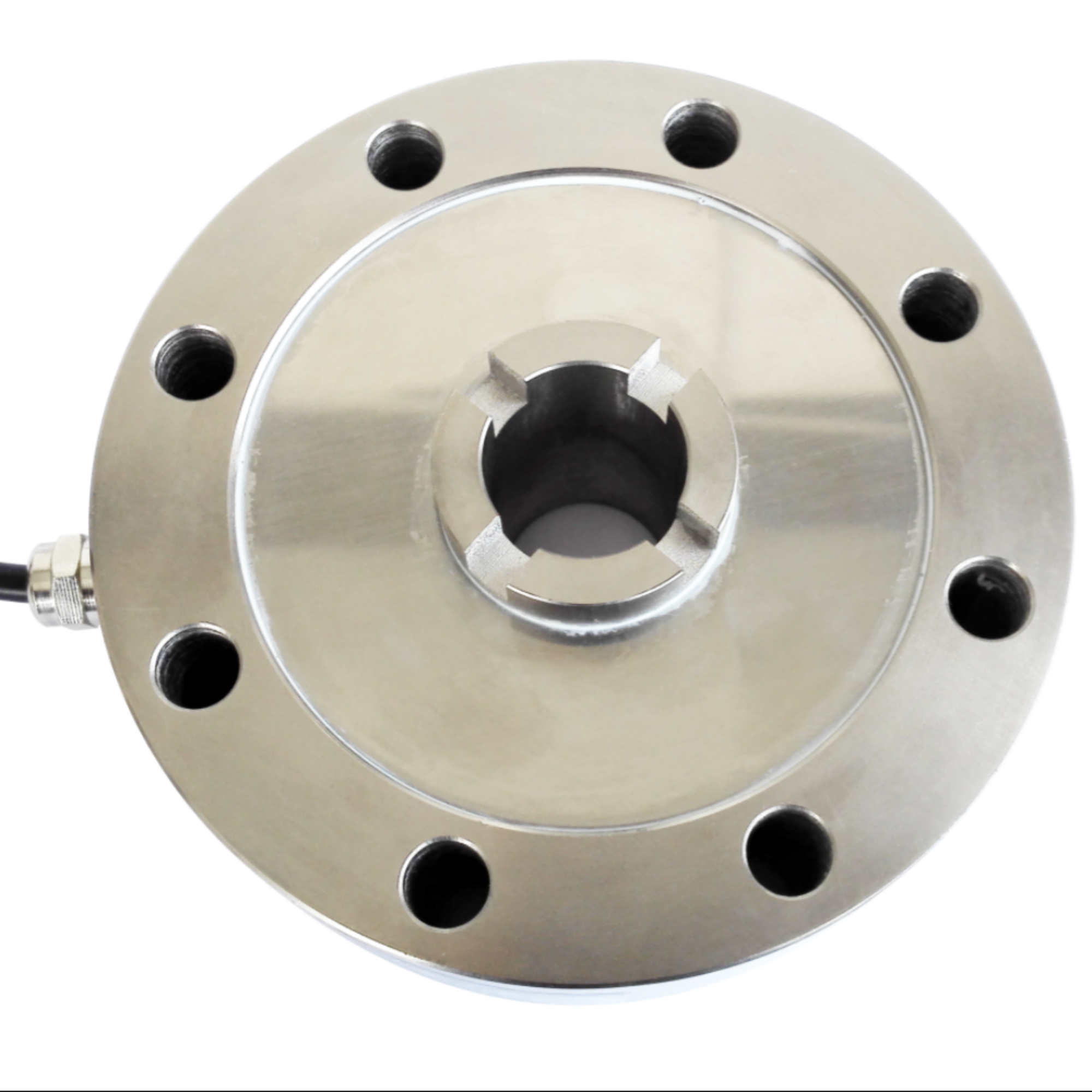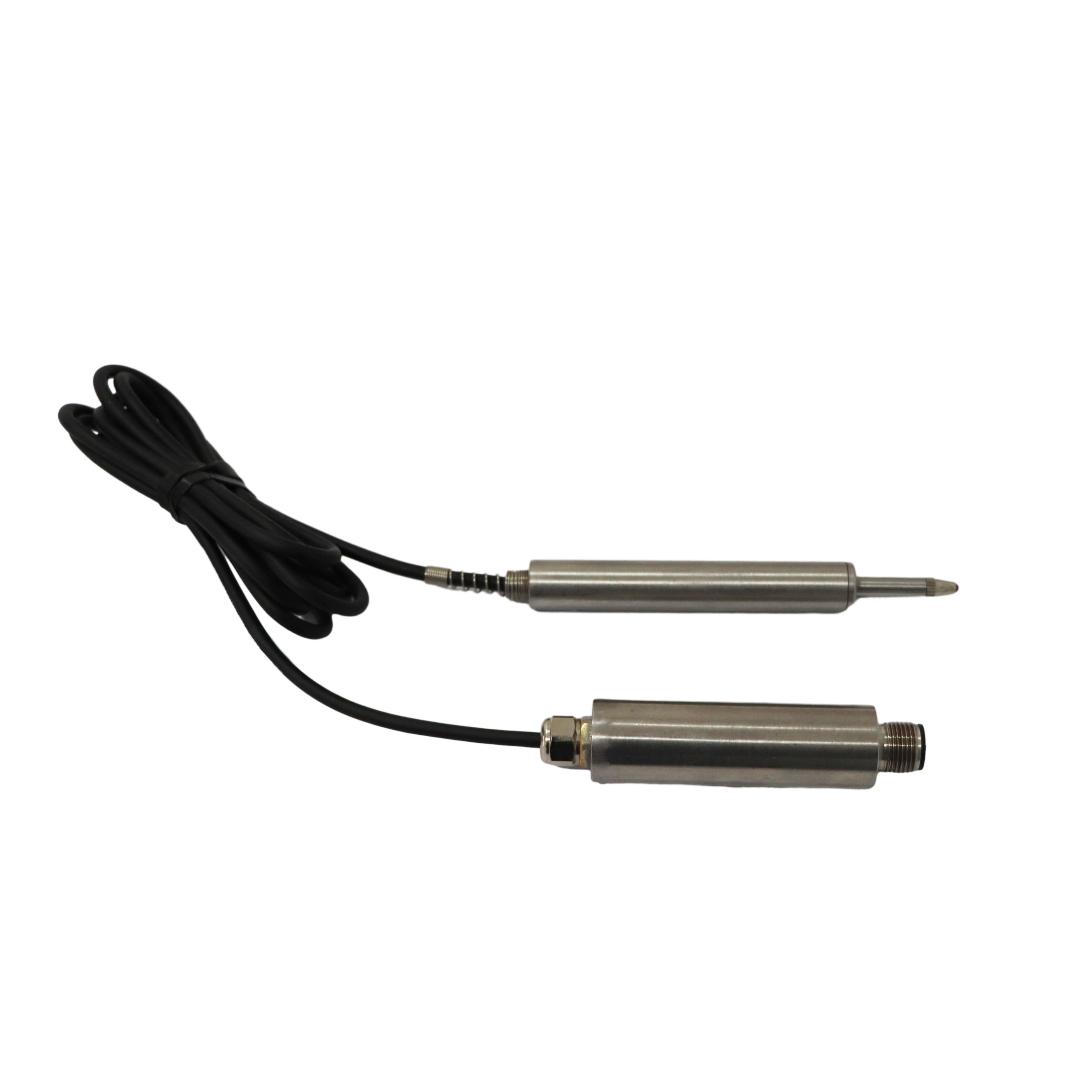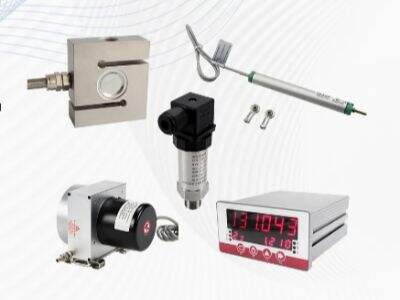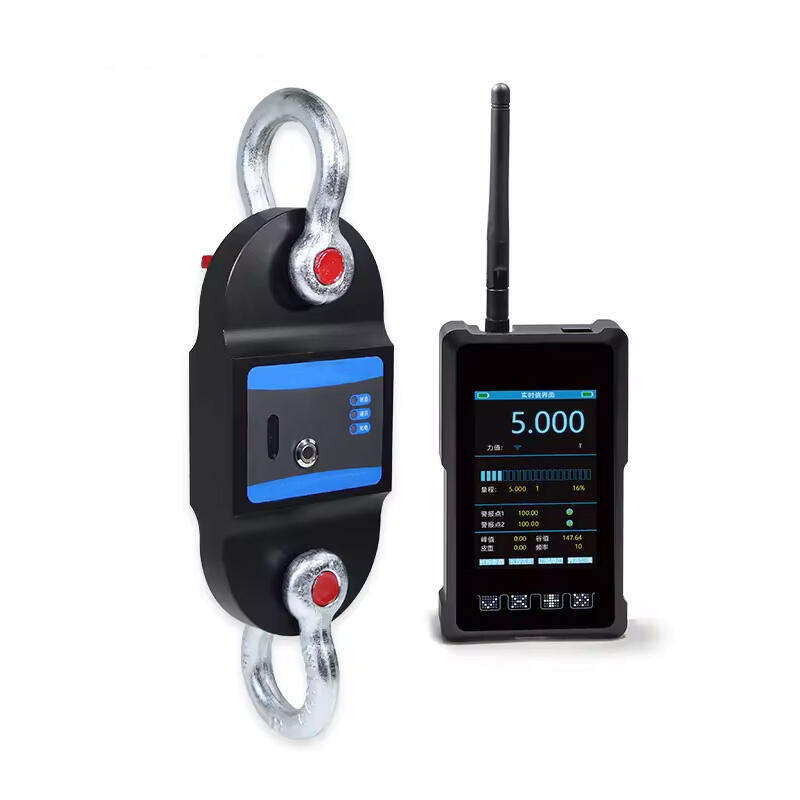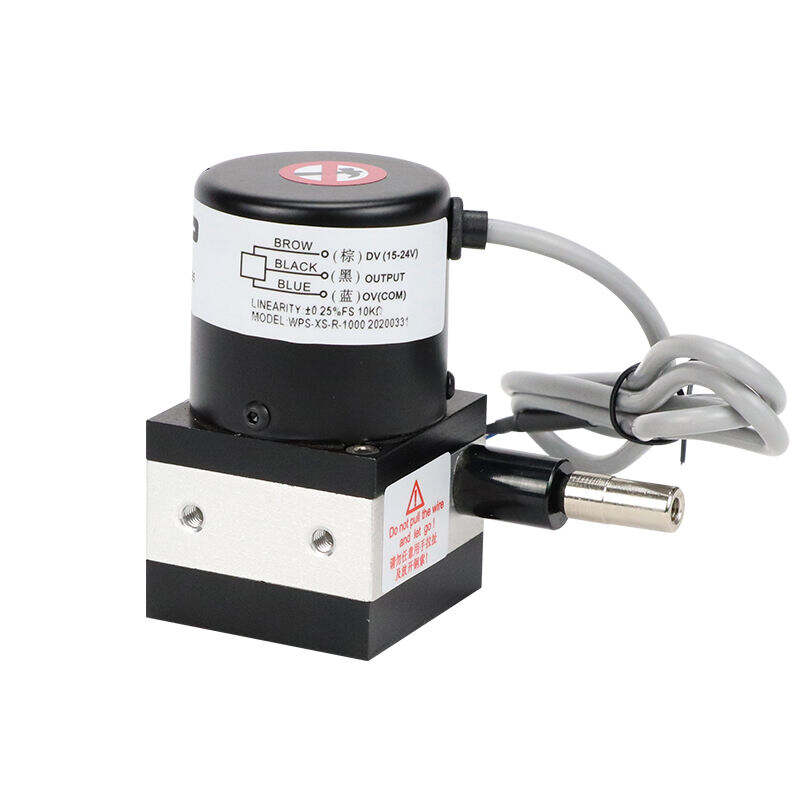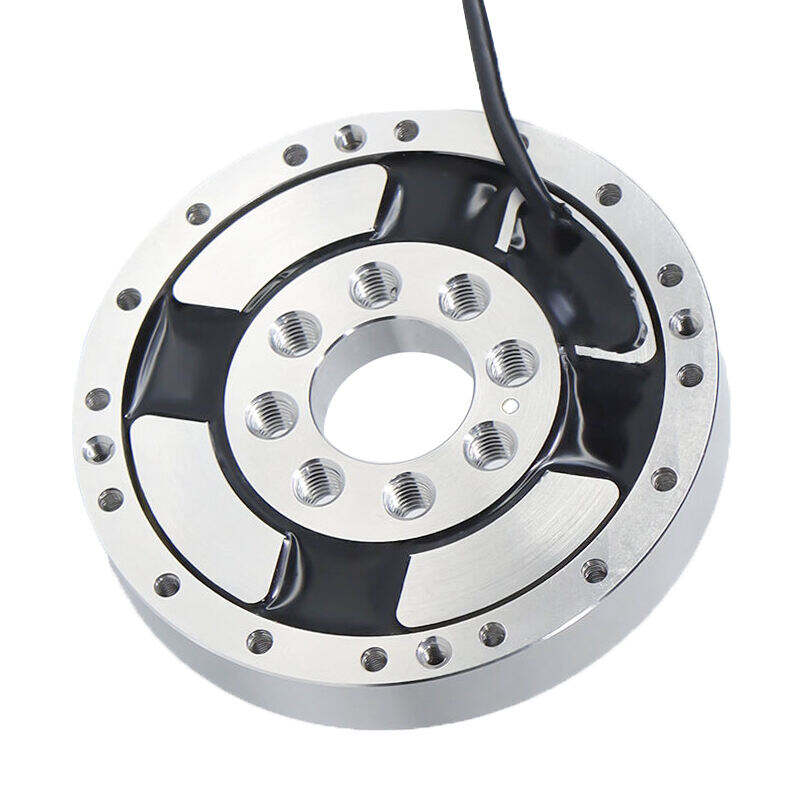draw wire sensor types
Draw wire sensors, also known as string pot sensors or cable extension position sensors, represent a sophisticated solution for precise linear position measurement. These sensors consist of a measuring wire made of durable materials like stainless steel, which is wound onto a spring-loaded drum. When the wire is pulled out, it rotates an internal shaft connected to a sensing element, typically a potentiometer or encoder, which converts the mechanical movement into an electrical signal. The technology enables accurate position measurement across various distances, from a few millimeters to several meters. Modern draw wire sensors incorporate advanced features such as digital outputs, integrated signal processing, and robust environmental protection. They excel in applications requiring continuous position monitoring, such as industrial automation, material handling equipment, and mobile machinery. The sensors can operate in challenging environments, offering reliable performance in conditions with dust, moisture, or vibration. Their versatile design allows for easy installation and integration with existing control systems, making them ideal for both new installations and retrofitting projects. The measurement principle remains consistently accurate throughout the sensor's lifecycle, providing dependable position data for critical operations.

